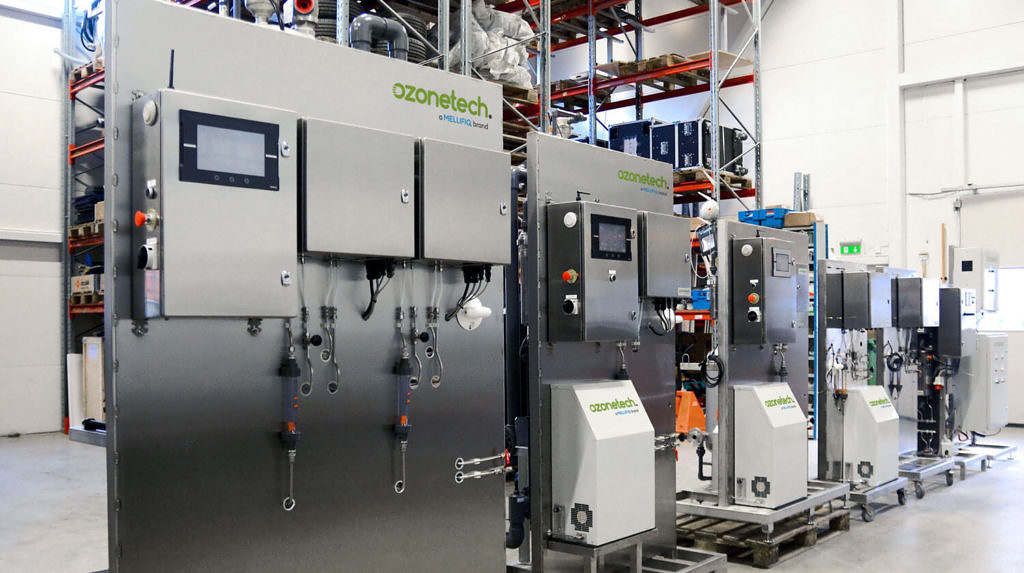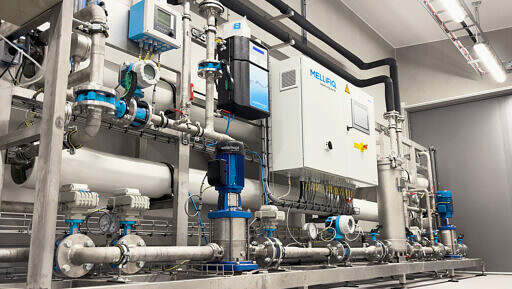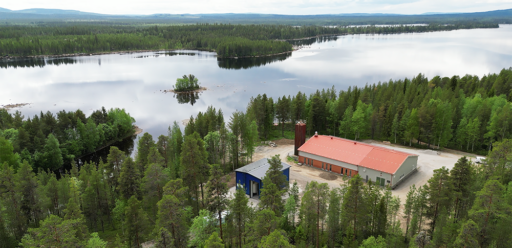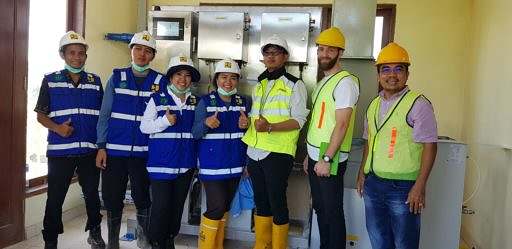Are you interested?

We are cleaning air and water in 46 countries. Ozonetech is a world recognized innovative brand that provides a complete range of state-of-the-art ozone and oxidation products, solutions and systems for treating air and water in various industrial and public utility applications.
Scroll Down

Ozonetech is a world recognized innovative brand that provides a complete range of state-of-the-art ozone and oxidation products, solutions and systems for treating air and water in various industrial and public utility applications.

About Ozone.
Benefits that make Ozonetech the go to choice.
Research shows that ozone is the most effective method of treating air and water from a time and cost perspective and can be applied in a broad range of industrial applications.
- Over 50% more efficient at breaking through bacteria membranes compared to chlorine.
- Eliminates a wide range of bacteria over 3000 times faster than chlorine.
- Potent disinfectant at low concentrations.
- Decomposes into oxygen gas leaving none of the byproducts that might pose health risks.
- FDA-approved for direct contact with food.
Ozonetech Systems.

Advanced, yet very user-friendly design.
We have compiled all our experience and know-how from three decades of designing, manufacturing and commissioning advanced ozone systems and solutions for various applications, packaged into an advanced, yet very user-friendly design – The SMARTOZONE™ design concept.

Products & Accessories.
Ozonetech related reference project.

Mellifiq’s Innovative Drinking Water Plant in Östersund

Mellifiq ensures product quality for American nutrient food producer

Shopping mall kitchens enjoy premium ozone treatment

Sewage Treatment Plant for Pharmaceutical Residues Removal

Efficient decolorization and COD removal for the largest landfill in Bali, Indonesia

